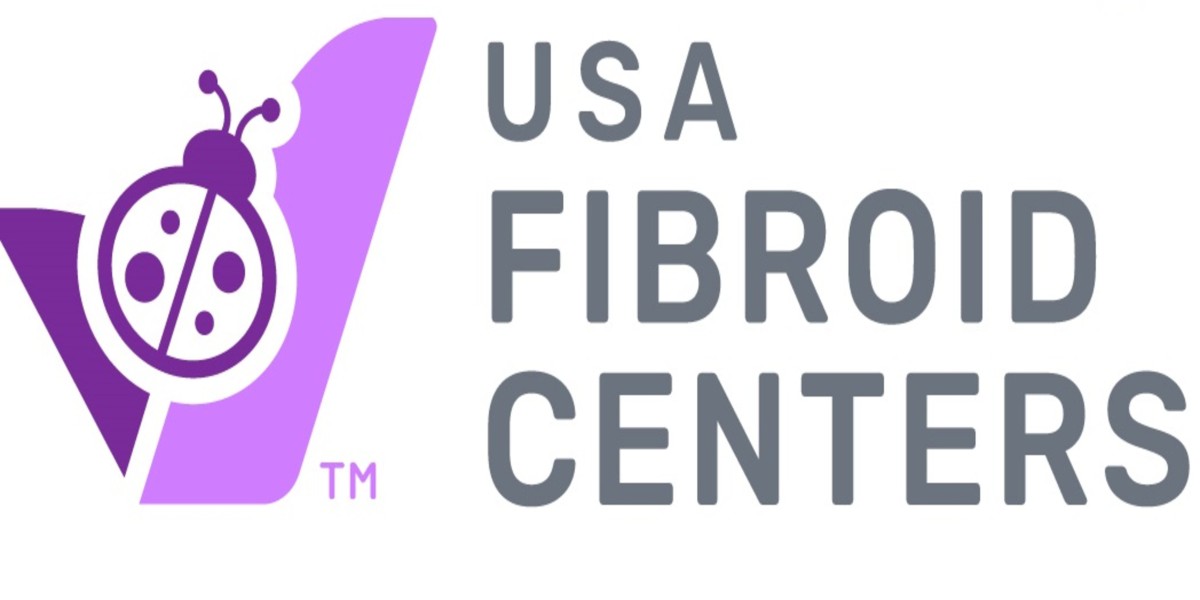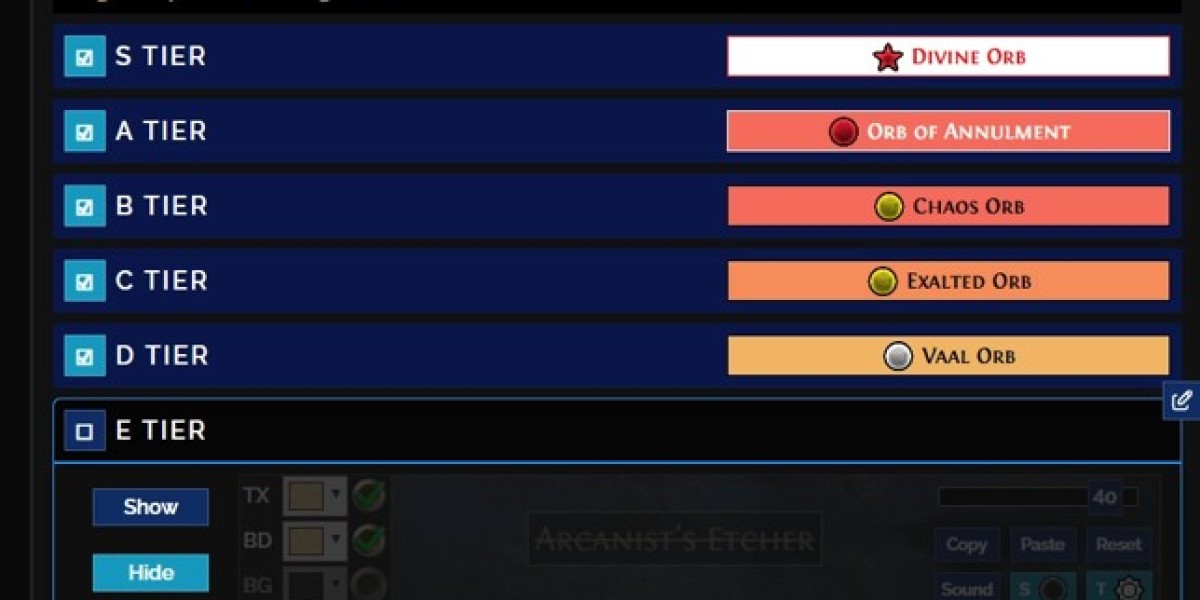In South Africa, the SRD SASSA grant — also known as the Social Relief of Distress grant — has become a vital financial lifeline for millions of citizens. Introduced as a temporary measure during the COVID-19 pandemic, it has evolved into an essential form of social assistance for unemployed individuals and vulnerable families struggling to make ends meet. Managed by the South African Social Security Agency (SASSA), the SRD grant continues to play a crucial role in reducing poverty and supporting economic stability across the country.
What Is the SRD SASSA Grant?
The Social Relief of Distress (SRD) grant is a special social assistance program introduced by the South African government to provide temporary financial support to individuals who are unemployed and have no other source of income. It was first launched in 2020 during the COVID-19 pandemic to cushion the economic blow caused by lockdowns and job losses.
Initially set at R350 per month, the grant was meant to last only a few months. However, due to continued economic challenges, high unemployment rates, and widespread need, the government has extended it several times. Today, the SRD SASSA grant remains one of the most significant welfare initiatives in the country, directly helping millions of South Africans meet their basic needs.
Who Qualifies for the SRD SASSA Grant?
Not everyone is eligible to receive the SRD grant. SASSA has established clear criteria to ensure that the assistance reaches those who need it most. To qualify, an applicant must:
- Be a South African citizen, permanent resident, or refugee registered in the country.
- Be between the ages of 18 and 59 years.
- Be unemployed and not receiving any other form of income or social grant.
- Not be receiving unemployment insurance (UIF) or NSFAS funding.
- Reside within South Africa.
Applicants must also provide valid identification and contact details during the application process. The government regularly reviews applications to prevent duplication or fraudulent claims.
How to Apply for the SRD SASSA Grant
SASSA has made the application process simple and fully digital to ensure accessibility. Here’s how you can apply:
- Visit the Official SASSA SRD Website:
Go to https://srd.sassa.gov.za.
- Click on ‘Apply for SRD Grant’:
You’ll be asked to provide your personal information such as your ID number, name, and contact details.
- Provide Banking Details:
Applicants can choose to receive payments through a personal bank account, a cash send service, or a selected retail partner (like Pick n Pay or Shoprite).
- Consent to Data Verification:
SASSA cross-checks your information with various databases (like Home Affairs and UIF) to confirm eligibility.
- Submit the Application:
Once submitted, you’ll receive confirmation via SMS. You can later check your SASSA SRD status online to track the progress of your application.
The entire process is free of charge, and applicants are encouraged to avoid middlemen or anyone claiming to speed up approval for a fee — as these are often scams.
Checking Your SRD SASSA Status
After applying, it’s essential to check your SRD SASSA status regularly to know whether your application has been approved, pending, or declined.
To check your status:
- Visit https://srd.sassa.gov.za/sc19/status
- Enter your ID number and phone number.
- Click Submit to view your current application status.
If your application is declined, SASSA allows you to submit an appeal within 30 days. Appeals can be made directly through the Department of Social Development’s appeal website.
Payment Dates and Collection
SASSA pays out the SRD grant monthly, and the payment schedule is usually published at the beginning of each month. Beneficiaries can receive their money through one of the following methods:
- Direct Bank Deposit: Funds are paid directly into the applicant’s bank account for convenience and security.
- Cash Send Services: For those without bank accounts, SASSA partners with major banks to send payments via cellphone-based cash send services.
- Retail Stores: Beneficiaries can also collect payments at selected retail outlets such as Shoprite, Checkers, Usave, and Boxer stores.
It’s important to note that payment dates may differ depending on the method of payment and banking schedules. Always verify the official SASSA payment calendar to avoid confusion.
Common Reasons for Declined Applications
Sometimes, applicants may find their SRD grant applications declined. Here are some common reasons:
- The applicant is receiving other forms of government financial support (e.g., UIF or NSFAS).
- Incomplete or incorrect application details.
- Income detected in bank verification checks.
- Duplicate applications using the same ID number.
- Residency status not verified.
Applicants can correct their details or lodge an appeal if they believe the decision was made in error.
The Impact of SRD SASSA on South Africa
The SRD grant has had a profound social and economic impact. According to government data, the program has reached over 8 million beneficiaries monthly, providing critical relief to unemployed individuals and their families. It has also helped stimulate local economies, as many recipients use the funds for essential goods and services.
Beyond immediate relief, the grant has sparked national conversations about the possibility of a Basic Income Grant (BIG) — a long-term solution to poverty and inequality in South Africa. Policymakers are considering how programs like the SRD can evolve into more sustainable, permanent forms of social support.
Challenges and Future of the SRD Grant
While the SRD grant has been widely praised, it also faces challenges. Issues such as payment delays, application rejections, and system overloads have frustrated many applicants. However, SASSA continues to refine its digital systems and verification processes to improve efficiency and fairness.
The South African government has confirmed plans to extend the SRD grant until at least March 2026, while exploring ways to integrate it into a more permanent social assistance framework. This extension reflects the government’s commitment to supporting citizens amid ongoing economic recovery.
Final Thoughts
The SRD SASSA grant is more than a financial aid program — it represents hope and dignity for millions of South Africans facing economic hardship. It has not only provided immediate relief but also highlighted the importance of social protection in building a fair and inclusive society.
As the government works to strengthen and expand the program, the SRD grant remains a symbol of resilience and compassion — a reminder that no citizen should be left behind in times of crisis.



